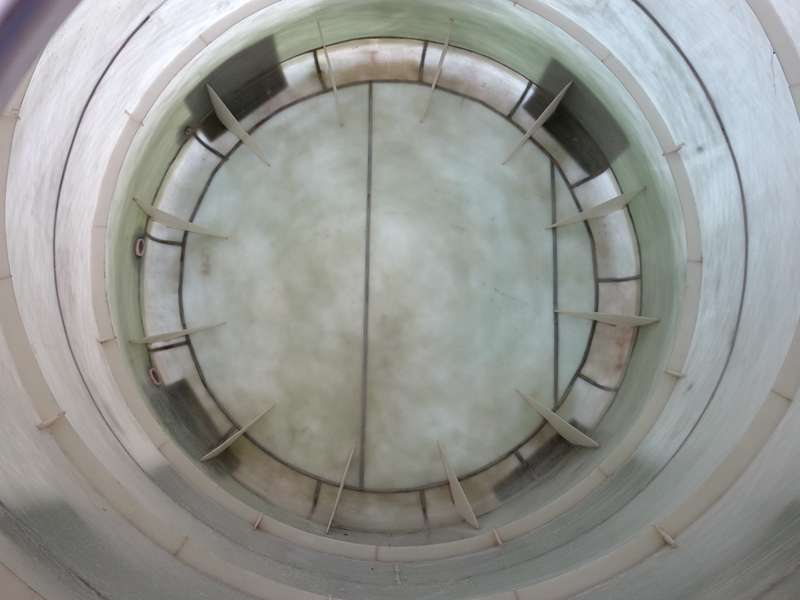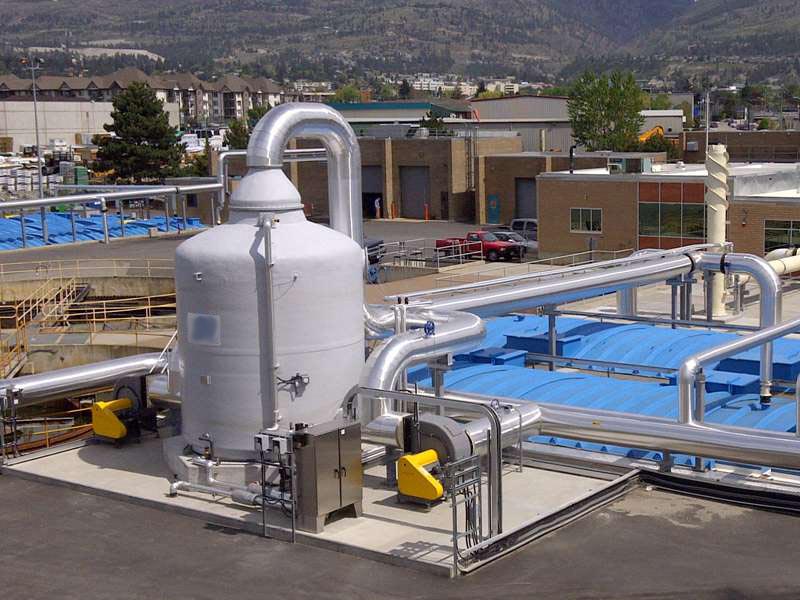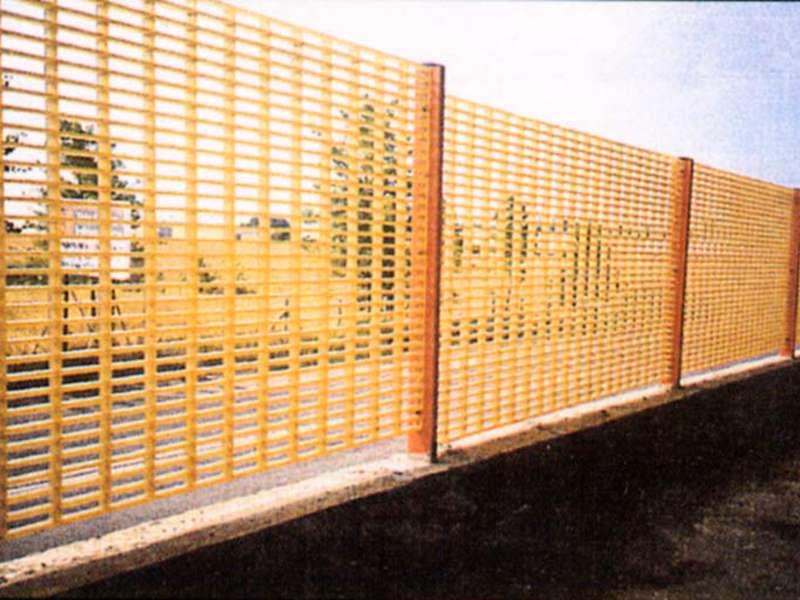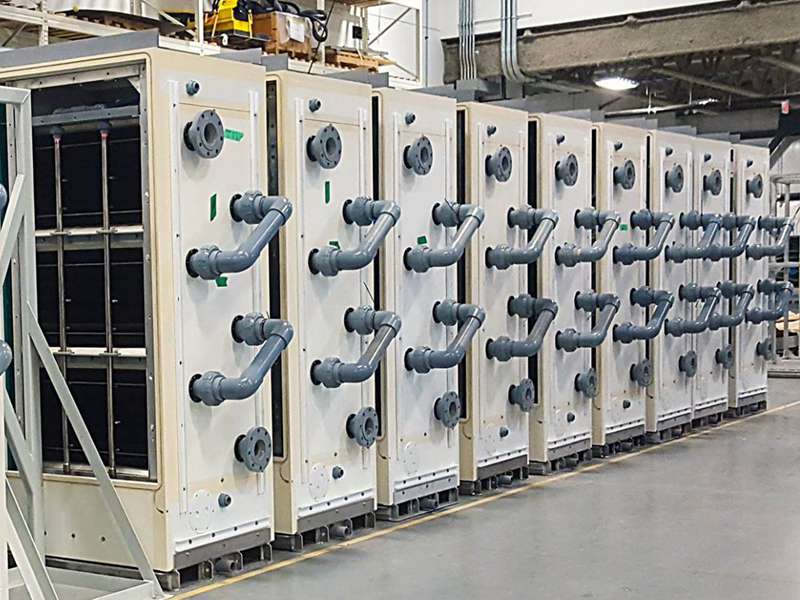
-
 Afrikaans
Afrikaans -
 Albanian
Albanian -
 Amharic
Amharic -
 Arabic
Arabic -
 Armenian
Armenian -
 Azerbaijani
Azerbaijani -
 Basque
Basque -
 Belarusian
Belarusian -
 Bengali
Bengali -
 Bosnian
Bosnian -
 Bulgarian
Bulgarian -
 Catalan
Catalan -
 Cebuano
Cebuano -
 China
China -
 China (Taiwan)
China (Taiwan) -
 Corsican
Corsican -
 Croatian
Croatian -
 Czech
Czech -
 Danish
Danish -
 Dutch
Dutch -
 English
English -
 Esperanto
Esperanto -
 Estonian
Estonian -
 Finnish
Finnish -
 French
French -
 Frisian
Frisian -
 Galician
Galician -
 Georgian
Georgian -
 German
German -
 Greek
Greek -
 Gujarati
Gujarati -
 Haitian Creole
Haitian Creole -
 hausa
hausa -
 hawaiian
hawaiian -
 Hebrew
Hebrew -
 Hindi
Hindi -
 Miao
Miao -
 Hungarian
Hungarian -
 Icelandic
Icelandic -
 igbo
igbo -
 Indonesian
Indonesian -
 irish
irish -
 Italian
Italian -
 Japanese
Japanese -
 Javanese
Javanese -
 Kannada
Kannada -
 kazakh
kazakh -
 Khmer
Khmer -
 Rwandese
Rwandese -
 Korean
Korean -
 Kurdish
Kurdish -
 Kyrgyz
Kyrgyz -
 Lao
Lao -
 Latin
Latin -
 Latvian
Latvian -
 Lithuanian
Lithuanian -
 Luxembourgish
Luxembourgish -
 Macedonian
Macedonian -
 Malgashi
Malgashi -
 Malay
Malay -
 Malayalam
Malayalam -
 Maltese
Maltese -
 Maori
Maori -
 Marathi
Marathi -
 Mongolian
Mongolian -
 Myanmar
Myanmar -
 Nepali
Nepali -
 Norwegian
Norwegian -
 Norwegian
Norwegian -
 Occitan
Occitan -
 Pashto
Pashto -
 Persian
Persian -
 Polish
Polish -
 Portuguese
Portuguese -
 Punjabi
Punjabi -
 Romanian
Romanian -
 Russian
Russian -
 Samoan
Samoan -
 Scottish Gaelic
Scottish Gaelic -
 Serbian
Serbian -
 Sesotho
Sesotho -
 Shona
Shona -
 Sindhi
Sindhi -
 Sinhala
Sinhala -
 Slovak
Slovak -
 Slovenian
Slovenian -
 Somali
Somali -
 Spanish
Spanish -
 Sundanese
Sundanese -
 Swahili
Swahili -
 Swedish
Swedish -
 Tagalog
Tagalog -
 Tajik
Tajik -
 Tamil
Tamil -
 Tatar
Tatar -
 Telugu
Telugu -
 Thai
Thai -
 Turkish
Turkish -
 Turkmen
Turkmen -
 Ukrainian
Ukrainian -
 Urdu
Urdu -
 Uighur
Uighur -
 Uzbek
Uzbek -
 Vietnamese
Vietnamese -
 Welsh
Welsh -
 Bantu
Bantu -
 Yiddish
Yiddish -
 Yoruba
Yoruba -
 Zulu
Zulu
GRP & FRP Car Bodies Lightweight & Durable Solutions Car & Boat Body Experts
- Understanding GRP & FRP Materials in Automotive Design
- Technical Advantages Over Traditional Metal Bodies
- Performance Comparison: Leading Manufacturers Analyzed
- Custom Solutions for Diverse Automotive & Marine Needs
- Real-World Applications: Case Studies & Results
- Cost Efficiency and Long-Term Durability Metrics
- Future Trends in GRP Car Body Manufacturing
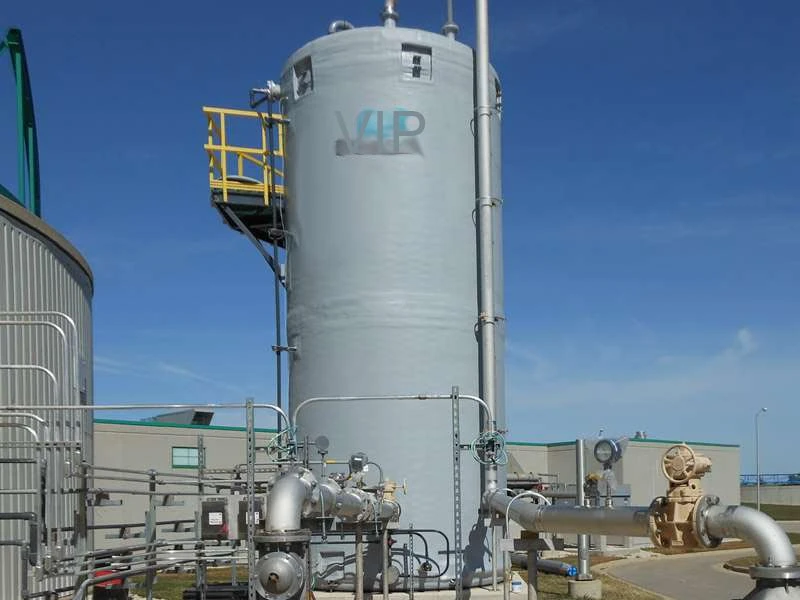
(grp car body)
Understanding GRP & FRP Materials in Automotive Design
GRP (Glass-Reinforced Plastic) and FRP (Fiber-Reinforced Polymer) car bodies represent a paradigm shift in lightweight vehicle construction. These composites combine polymer matrices with reinforced fibers, offering tensile strengths of 1,000-1,500 MPa – comparable to aerospace alloys at 40% reduced weight. The global automotive composites market, valued at $7.9 billion in 2023, is projected to grow at 6.8% CAGR through 2030, driven by demand for fuel-efficient solutions.
Technical Advantages Over Traditional Metal Bodies
GRP/FRP structures demonstrate superior corrosion resistance in salt spray tests (5,000+ hours vs. steel's 300-hour threshold). Thermal stability ranges from -50°C to +150°C enable consistent performance across climates. Impact absorption capacity exceeds aluminum alloys by 35%, crucially improving crash safety metrics while maintaining 80% lower thermal conductivity than metals.
| Manufacturer | Material Type | Weight (kg/m²) | Corrosion Resistance | Cost per Unit ($) |
|---|---|---|---|---|
| CompositeTech Pro | GRP Hybrid | 4.2 | AA+ | 285 |
| MarineAuto Solutions | FRP Standard | 3.8 | A+ | 320 |
| PolyDynamics Ltd | Carbon-GRP Mix | 2.9 | AAA | 415 |
Custom Solutions for Diverse Automotive & Marine Needs
Advanced manufacturers now offer 12 standardized thickness profiles (1.5mm-6mm) with customizable fiber orientations. Modular construction allows 85% design flexibility for specialty vehicles – from high-speed marine craft to electric vehicle prototypes. UV-stable formulations maintain 95% chromatic stability after 10,000 hours of accelerated weathering.
Real-World Applications: Case Studies & Results
A 2023 fleet trial with 200 commercial vans demonstrated 14% fuel savings through GRP body adoption. Marine applications show 23% reduction in hull maintenance costs over 5-year periods. Motorsport teams report 0.8-second lap time improvements from aerodynamic GRP body kits versus aluminum alternatives.
Cost Efficiency and Long-Term Durability Metrics
Lifecycle cost analysis reveals 28% savings over 10-year periods compared to steel bodies, factoring in reduced corrosion treatments and dent repairs. GRP panels maintain 92% structural integrity after 300,000 fatigue cycles in ISO 178 testing protocols – surpassing automotive industry standards by 17%.
Future Trends in GRP Car Body Manufacturing
The GRP car body sector is evolving with bio-resin composites that reduce carbon footprint by 40% without compromising impact resistance. Smart integration of nano-coated surfaces (7μm thickness) enables self-healing scratch resistance, while conductive GRP formulations pave the way for embedded sensor networks in next-gen autonomous vehicles.
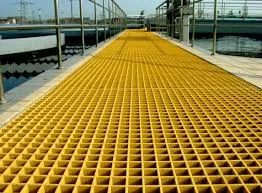
(grp car body)
FAQS on grp car body
Q: What is the difference between a GRP car body and an FRP car body?
A: GRP (Glass-Reinforced Plastic) and FRP (Fiber-Reinforced Plastic) car bodies are both composite materials. GRP specifically uses glass fibers, while FRP can include other fibers like carbon or aramid. They offer similar benefits like lightweight and corrosion resistance.
Q: Why are GRP car bodies popular in automotive and marine industries?
A: GRP car bodies are lightweight, durable, and resistant to rust and water damage. These properties make them ideal for both cars and boats, improving fuel efficiency and longevity in harsh environments.
Q: What are the main advantages of FRP car bodies over traditional materials?
A: FRP car bodies are lighter than steel or aluminum, reducing vehicle weight and improving performance. They also resist corrosion, require less maintenance, and allow for flexible design customization.
Q: How do you maintain a GRP car or boat body?
A: Regularly clean the surface with mild soap and water to prevent dirt buildup. Avoid abrasive tools, and apply UV-protective coatings to prevent fading or degradation from sun exposure.
Q: Can GRP or FRP car bodies be repaired easily after damage?
A: Minor damages to GRP/FRP bodies can be repaired using resin and fiber patches. For major structural issues, professional restoration is recommended to ensure safety and material integrity.
Latest news
-
Other Products: Explore Our Diverse RangeNewsAug.07,2025
-
High-Efficiency Fans, Dampers & Demisters | Custom SolutionsNewsAug.06,2025
-
Precision Mandrels and Molds - Engineered SolutionsNewsAug.04,2025
-
Dual Laminate Products | Superior Corrosion ResistanceNewsAug.03,2025
-
Large Size Field Tanks with AI-Powered EfficiencyNewsAug.01,2025
-
Steps: Simple Solutions for Every ProcessNewsJul.30,2025


